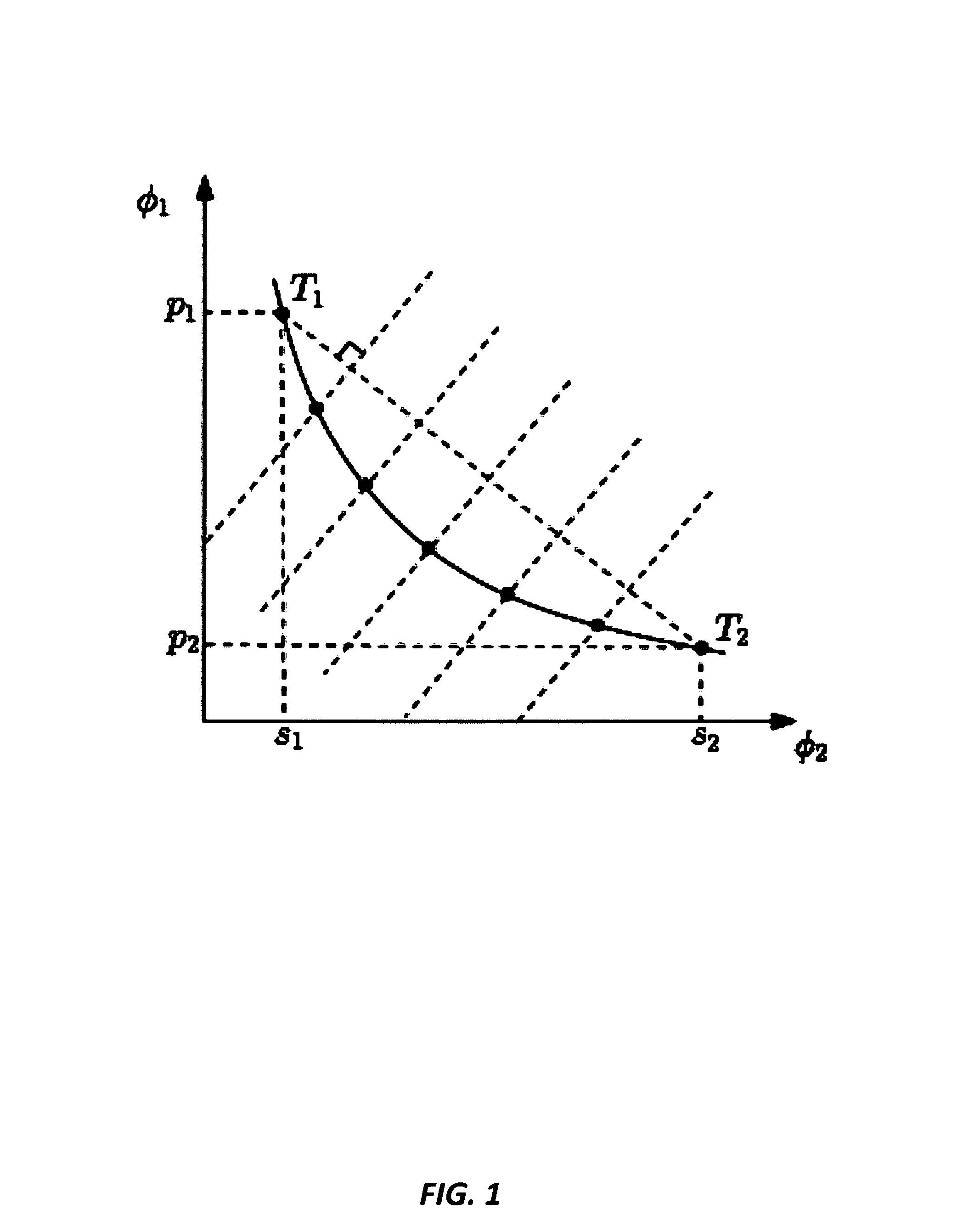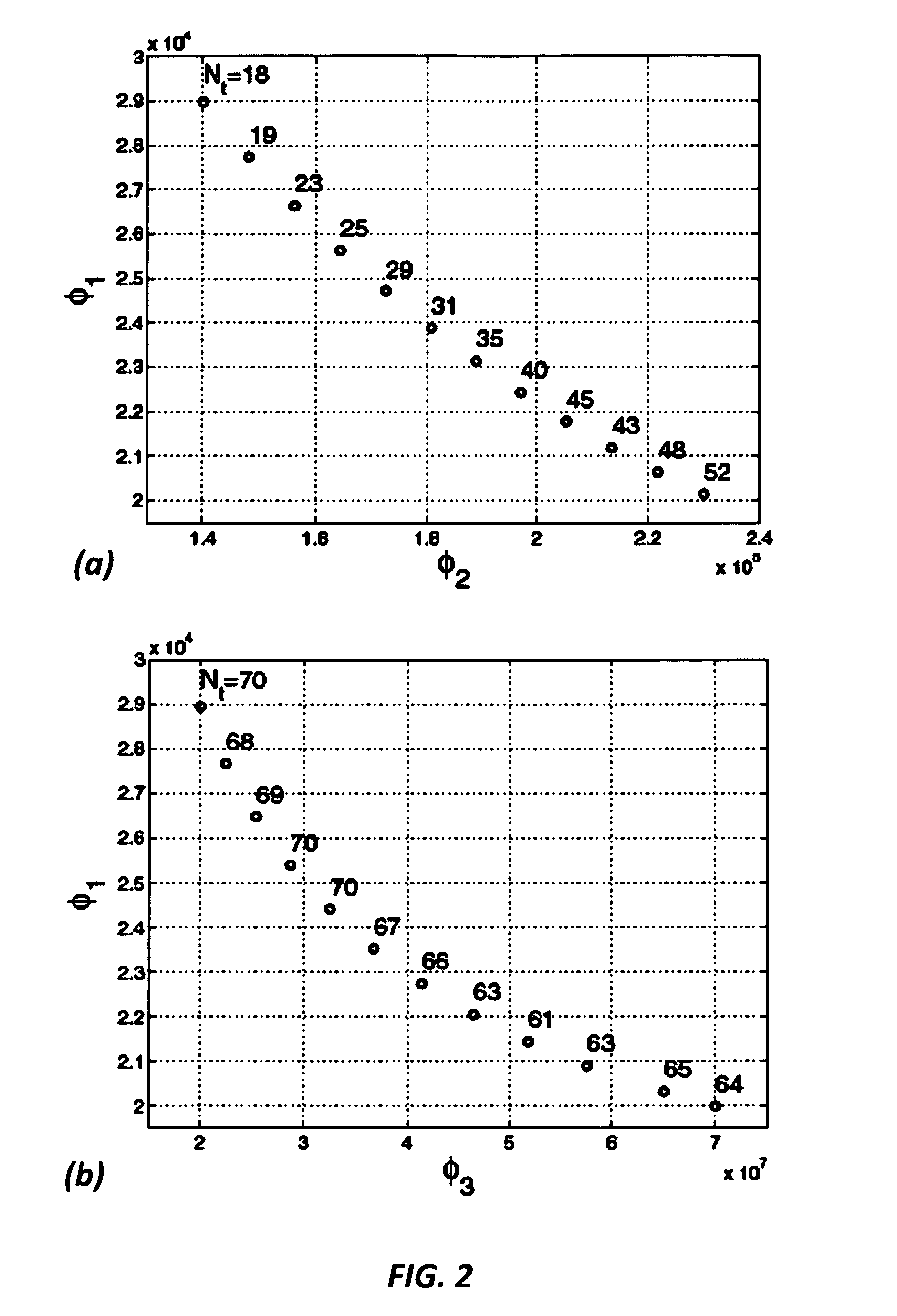Radiation therapy inverse treatment planning using a regularization of sparse segments
a sparse segment and radiation therapy technology, applied in radiation therapy, x-ray/gamma-ray/particle irradiation therapy, therapy, etc., can solve the problems of large number of segments for dose delivery, high complexity of optimized beamlet intensity map, and inefficient delivery, so as to reduce the total number of beam segments
- Summary
- Abstract
- Description
- Claims
- Application Information
AI Technical Summary
Benefits of technology
Problems solved by technology
Method used
Image
Examples
Embodiment Construction
[0030]An intensity-modulated radiation therapy (IMRT) field includes a series of segmented beams. It is practically important to reduce the number of segments while maintaining the conformality of the final dose distribution. Provided in this description is a quantified complexity of an IMRT fluence map by introducing the concept of sparsity of fluence maps and a formulated inverse planning problem into a framework of compressing sensing. In one aspect of the current invention, the treatment planning is modeled as a multiobjective optimization problem, with one objective on the dose performance and the other on the sparsity of the resultant fluence maps. A Pareto frontier is calculated, and the achieved dose distributions associated with the Pareto efficient points are evaluated using clinical acceptance criteria. The clinically acceptable dose distribution with the smallest number of segments is chosen as the final solution. The method is demonstrated in the application of fixed-ga...
PUM
 Login to View More
Login to View More Abstract
Description
Claims
Application Information
 Login to View More
Login to View More - R&D
- Intellectual Property
- Life Sciences
- Materials
- Tech Scout
- Unparalleled Data Quality
- Higher Quality Content
- 60% Fewer Hallucinations
Browse by: Latest US Patents, China's latest patents, Technical Efficacy Thesaurus, Application Domain, Technology Topic, Popular Technical Reports.
© 2025 PatSnap. All rights reserved.Legal|Privacy policy|Modern Slavery Act Transparency Statement|Sitemap|About US| Contact US: help@patsnap.com



